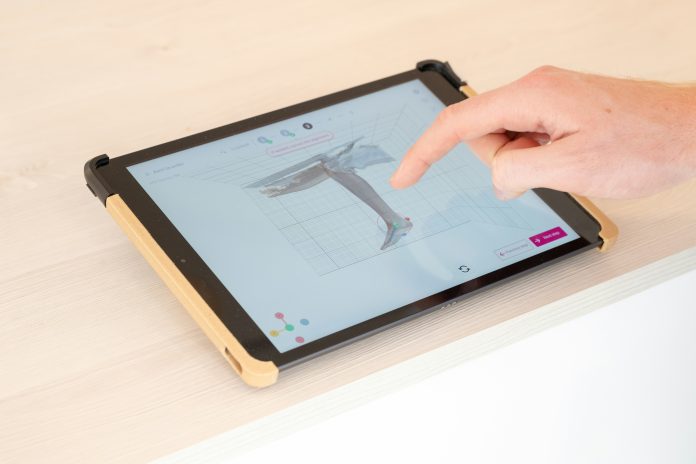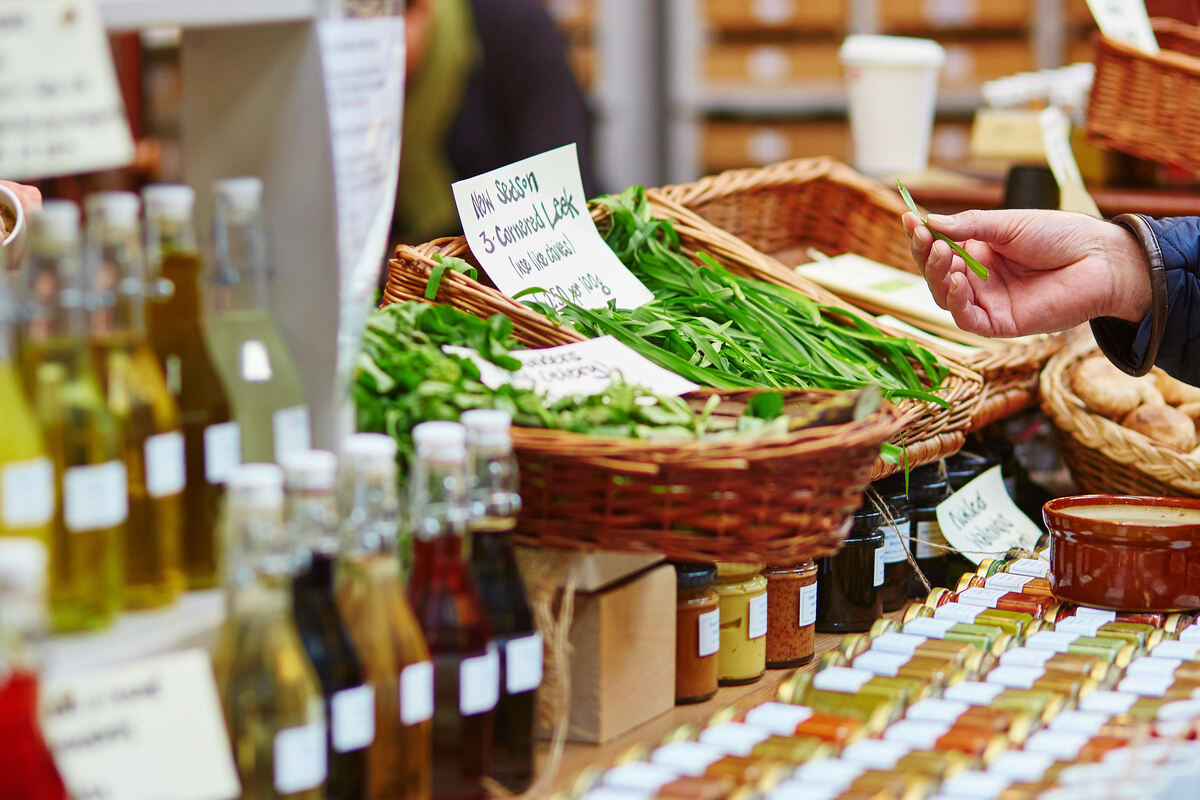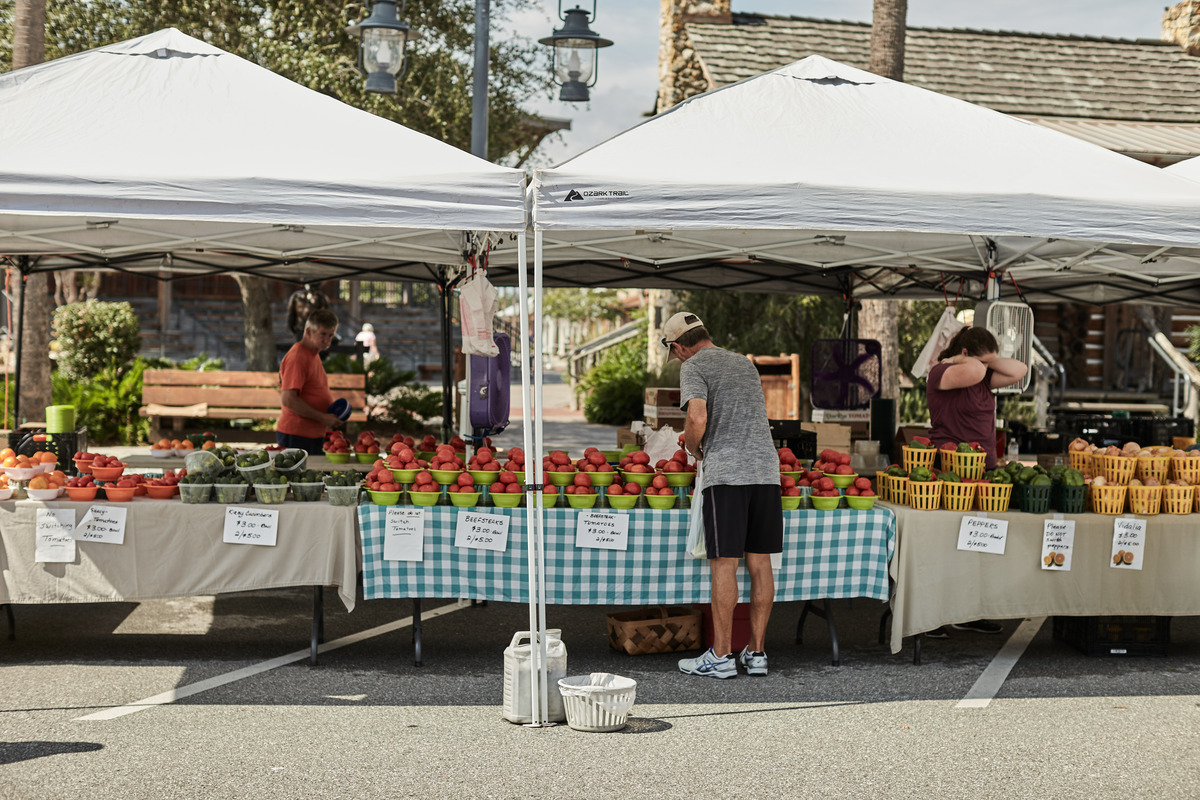Sustainable interior design represents a pivotal shift in how we conceptualize living spaces. Prioritizing eco-friendly practices not only protects our environment but also enhances the uniqueness and functionality of our homes.
From selecting natural materials to optimizing energy-efficient lighting, the following five transformative tips offer guidance for making environmentally conscious choices that align with your personal style.
1. Choose Natural Sustainable Materials Over Synthetic Ones

Selecting natural materials for interior design is an effective strategy for sustainability.
Sustainable organic materials not only minimize environmental impact but also provide unique textures and aesthetics that non-sustainable synthetic counterparts can’t replicate.
Consider these options:
- Reclaimed wood can add charming character to your home.
- Cork is renewable, plus it has excellent insulation properties.
- Stone is a timeless and sturdy choice that offers natural beauty.
- Bamboo isn’t just durable and aesthetically pleasing. It’s also rapidly renewable. Citing Guinness World Records, an article from the non-profit organization One Tree Planted informs us that some species of bamboo grow up to 2.91 feet per day. Furthermore, cutting bamboo remarkably stimulates new growth!
The above materials can bring warmth to any home while reducing reliance on synthetic products that often have harmful environmental footprints.
By consciously opting for natural alternatives, you can contribute to a sustainable future without sacrificing style or quality in your space’s ambiance.
2. Utilize Eco-Friendly Paints and Finishes

Traditional paints often release volatile organic compounds (VOCs), which can negatively impact air quality and health. But eco-friendly paints offer a safer, sustainable alternative without compromising colour variety or durability.
When selecting these products, consider options like these:
- Low-VOC paints minimize toxic emissions.
- Natural clay paints offer breathability and a unique matte finish.
- Milk paint is ideal for an authentic vintage look.
- Plant-based stains enhance wood grains naturally.
These choices create beautiful spaces while supporting a healthier indoor environment.
As awareness of eco-conscious design grows, using sustainable finishes ensures your interiors remain stylishly up-to-date.
Embrace these options to paint with purpose in mind, nurturing both your home’s beauty and the planet’s wellbeing.
3. Opt for Energy-Efficient Lighting Solutions

Switching to energy-efficient lighting isn’t just about saving on your electricity bill—it’s a crucial step towards sustainable interior design. Efficient lighting can dramatically reduce energy consumption, making your home an eco-friendly haven without sacrificing illumination. For an eco-friendlier haven, integrating specialized lighting such as a high-quality LED sheet can enhance illumination while optimizing energy efficiency.
Consider these options:
- LED bulbs are long-lasting and consume less power.
- Smart lighting systems enable you to adjust brightness based on activity and the availability of natural light.
- Solar-powered lights harness renewable energy.
- CFL bulbs provide an affordable alternative with reduced heat emissions.
These solutions offer significant benefits like decreased carbon footprints and extended bulb lifespan.
By implementing these choices in your design plan, you can contribute positively to both environmental conservation and creating a warm atmosphere at home.
4. Incorporate Vintage Furniture for Unique Character

Just like investing in apartment staging with the right furniture can help landlords attract new tenants, the furniture you place in your space will contribute hugely to the overall design aesthetic.
As someone with sustainability at the top of your mind, you should consider integrating vintage furniture into your interior design. It will create a unique character (which new pieces often lack) while promoting sustainability through reuse.
By choosing second-hand or antique items, you will extend the life cycle of furniture, thus reducing waste and environmental impact.
Imagine finding an old wooden dining table with its rich history etched into every scratch and dent—such a piece can tell stories and become a conversation starter in any room.
With careful selection, vintage pieces can seamlessly blend with modern elements to create eclectic yet harmonious spaces.
Hunting for these treasures at thrift stores or online marketplaces can be both exciting and rewarding.
5. Introduce Indoor Plants to Improve Air Quality

Indoor plants will not only enhance the aesthetic appeal of your space but also significantly improve the air quality. By absorbing toxins and releasing oxygen, plants create a healthier indoor environment.
Consider placing a snake plant or peace lily in your living area. These hardy options thrive in various light conditions and require minimal maintenance. Even if you don’t have a green thumb, starting with easy-care species makes introducing greenery manageable.
Beyond aesthetics and functionality, houseplants foster a sense of tranquillity and connection to nature within your home’s walls. As the trend toward biophilic design grows, integrating indoor plants offers practical benefits for health and well-being while adding vibrant life to every corner of your space.
Final Thoughts
The significance of sustainable interior design extends beyond aesthetic appeal, representing a conscious commitment to the environment and future generations. By making thoughtful choices, we reduce our ecological footprint and foster spaces that promote health and well-being.
This approach aligns our homes with global sustainability goals, emphasizing responsibility in every detail. As more people recognize the impact of their design decisions, this movement encourages a shift toward mindful living that prioritizes harmony between human habitats and nature’s needs.











